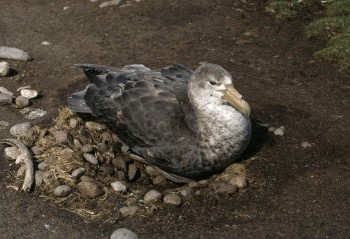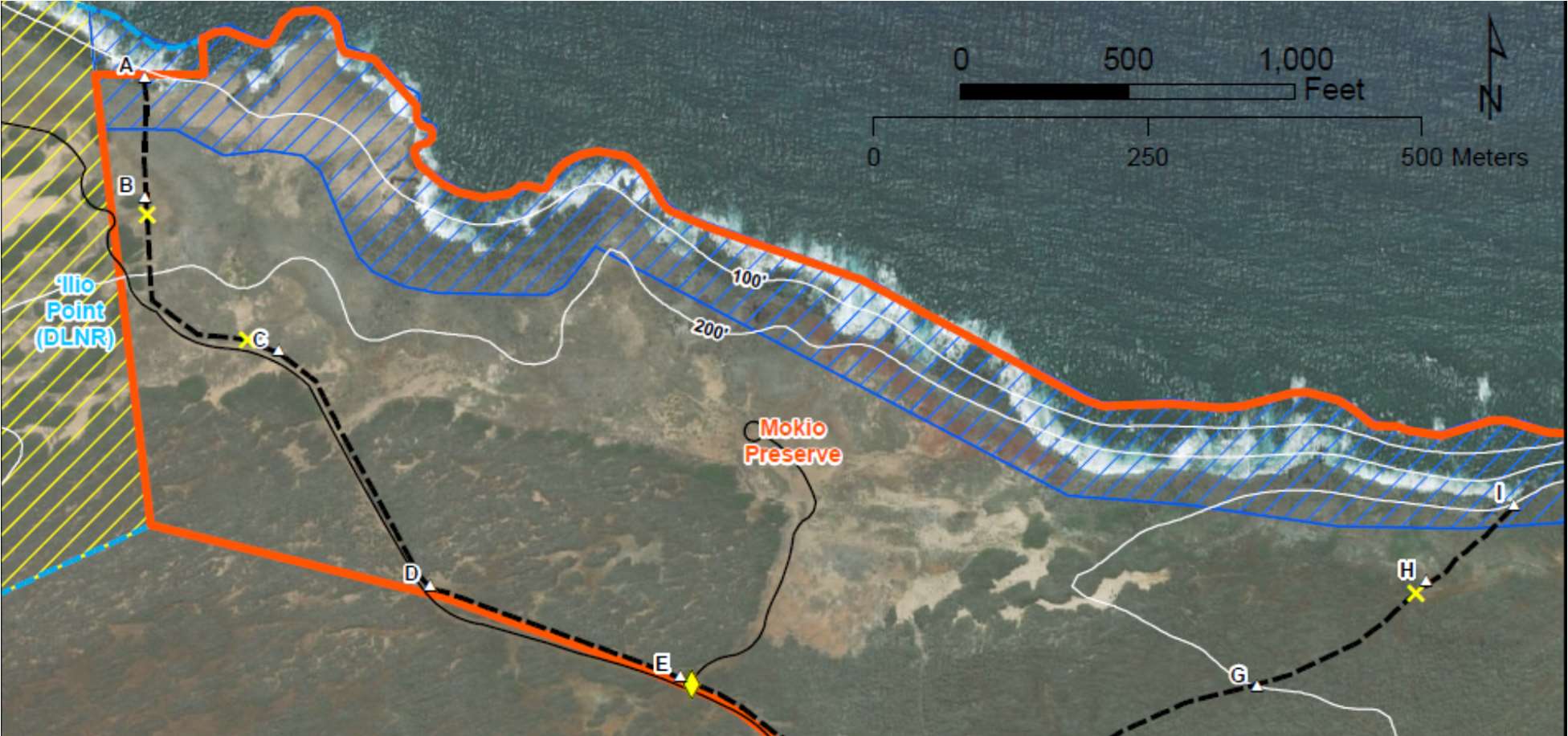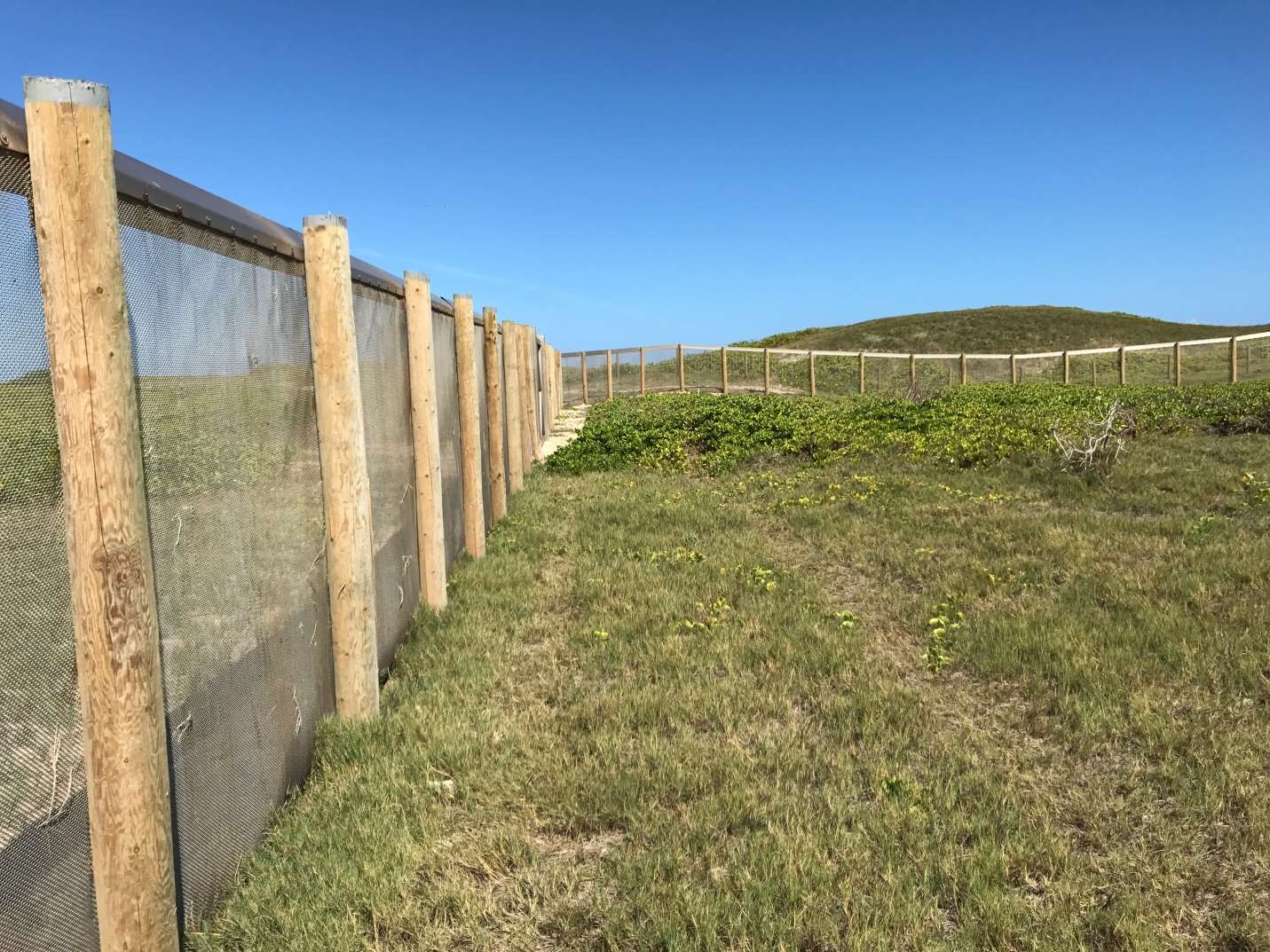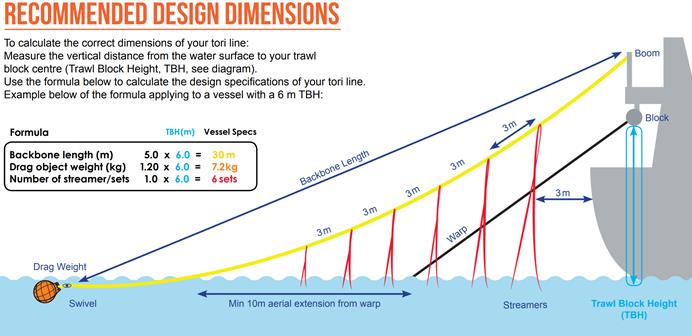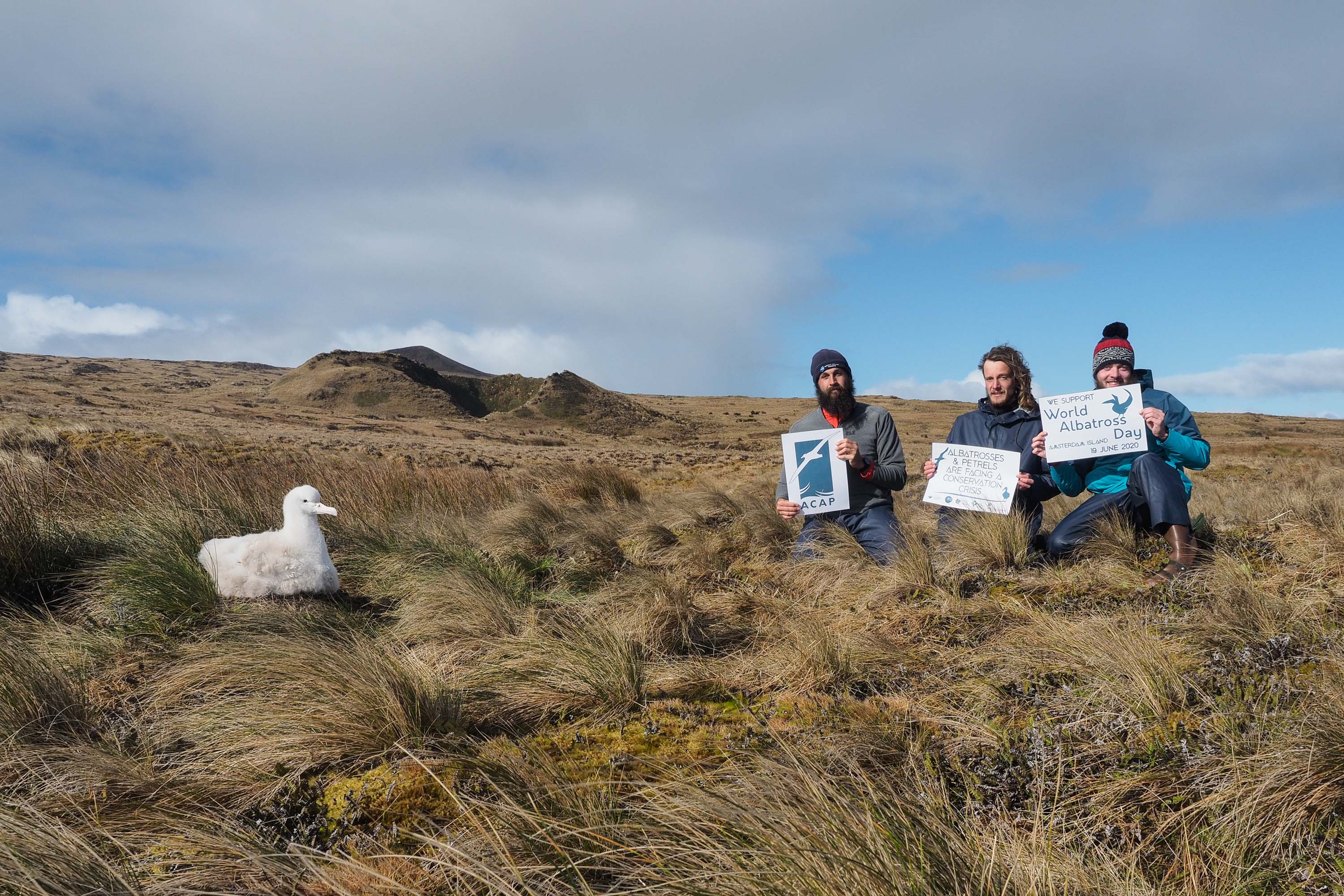Australia’s Department of the Environment and Energy has released for public comment Draft National Light Pollution Guidelines for Wildlife Including marine turtles, seabirds and migratory shorebirds. “The National Light Pollution Guidelines aim to raise awareness of the potential impacts of artificial light on wildlife and provide a framework for assessing and managing these impacts around susceptible listed wildlife.” The 98-page report, dated September 2019, includes a comprehensive list of references, including some published in 2018.
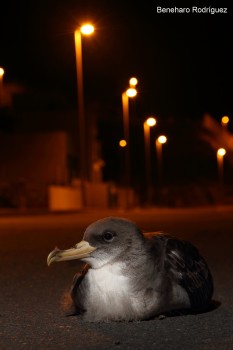
A grounded shearwater below street lights, photograph by Beneharo Rodriguez
Aspects of the guidelines concern assessing and responding to the effects of light pollution on seabirds, whether at sea, or on shore (including at breeding colonies). A 12-page appendix considers the problem of light pollution affecting seabirds, notably burrowing petrels and shearwaters. The appendix includes a “Seabird Light Mitigation Toolbox” which lists the most effective measures to reduce light pollution effects following a “comprehensive review” as:
turning lights off during fledging periods;
modification of light wavelengths;
banning external lights and closing window blinds to shield internal lights;
shielding the light source and preventing upward light spill;
reducing traffic speed limits and display of warning signs; and
implementing a rescue programme for grounded birds.
Submissions close on 30 September 2019. Submissions received after this date will be considered at the Department's discretion. Click here for information on the submission procedure.
With thanks to Jonathon Barrington.
John Cooper, ACAP Information Officer, 23 September 2019

 English
English  Français
Français  Español
Español 